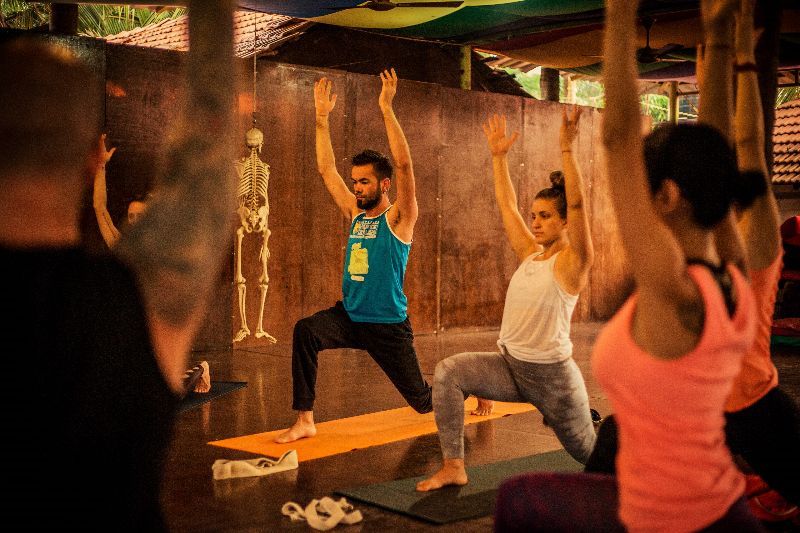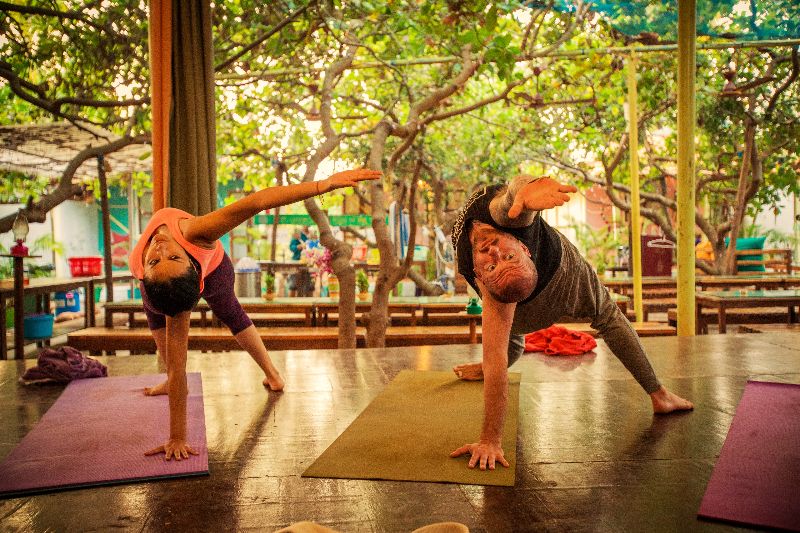Unlocking the Benefits of Iyengar Yoga
Thu, 25 Jan 2024

Follow the stories of academics and their research expeditions

Yoga comes in various forms, with diverse practices and movements. At its core, yoga signifies union—the blend of movement and breath, body and spirit, and more. While this concept of unity underpins all yoga practices, each style stands distinct in its own way.
Ashtanga yoga was the starting point for Kranti Yoga School 17 years ago. It's divided into six series: Primary, Intermediate, and four Advanced levels. Each series helps you get stronger and more flexible, following a specific order of poses that begins with Surya Namaskars. Sri K Pattabhi Jois made it famous, and practicing Ashtanga regularly helps with discipline and tracking how you're improving. It's known for being one of the most energetic types of yoga.
Mysore-style yoga goes hand in hand with Ashtanga. Here, students practice, typically the Ashtanga series, at their own speed and rhythm, following their breath. They gather in a shared space to practice, but there's no specific leader directing the session. However, there might be a few teachers available to offer guidance and adjustments as you practice.
hatha Yoga, which broadly translates to any physical asana practice, is great for beginners. Even experienced practitioners find value in Hatha as it moves at a slower pace, allowing more time in each posture. It's generally gentler than Ashtanga but a bit quicker than Vinyasa.
Next up is Vinyasa, a modern yoga style that links one breath to one movement. Vinyasa Flow classes can vary a lot since the structure depends on each teacher's style and creativity. This diversity makes it an interesting practice for students. These classes might focus on specific postures or body parts, like aiming for a headstand or practicing heart-opening flows. They usually last between 60 to 90 minutes and tend to get you sweating!
To balance our active practices like Ashtanga, Hatha, and Vinyasa, we have Yin yoga. Yin involves relaxation and stillness, holding each posture for 3 to 5 minutes. It's the most passive yoga form—here, you don't rely on strength to hold poses; instead, it's about relaxing, surrendering, and releasing tension. This gives students the chance to focus inward, internalize the practice, and settle into a meditative state.
There are numerous other yoga styles—like Iyengar, Bikram, Kundalini, and Karma—but remember, regardless of the type, the main goal of yoga is to embrace the concept of union in a way that feels most meaningful to you.
Thu, 25 Jan 2024

Thu, 25 Jan 2024

Leave a comment